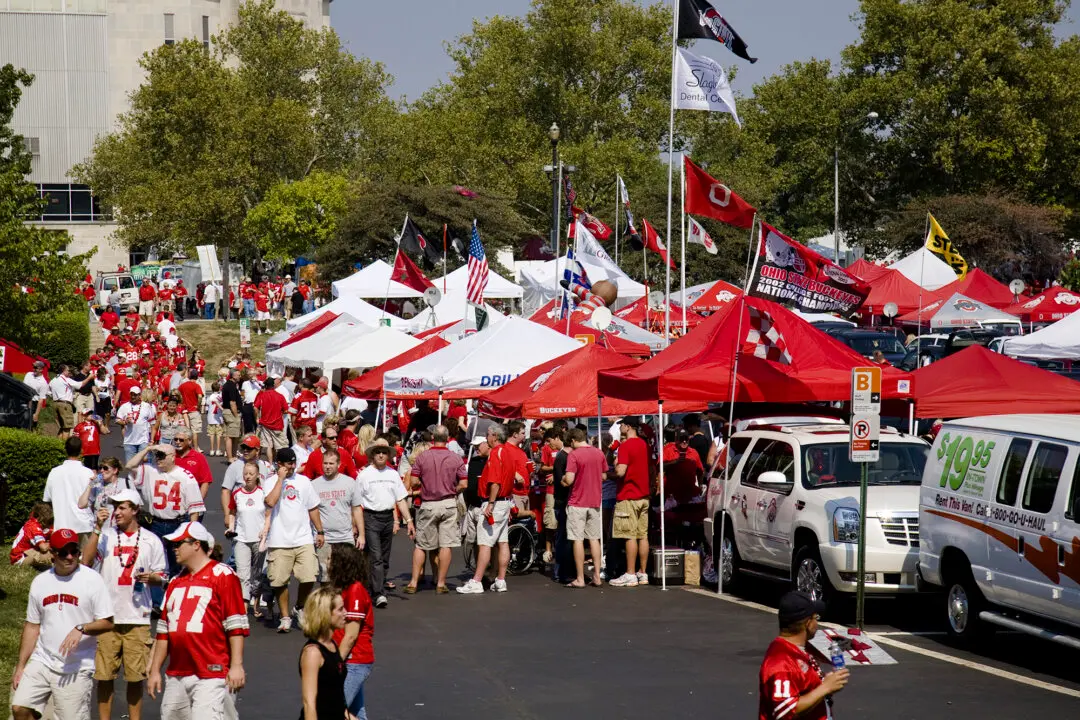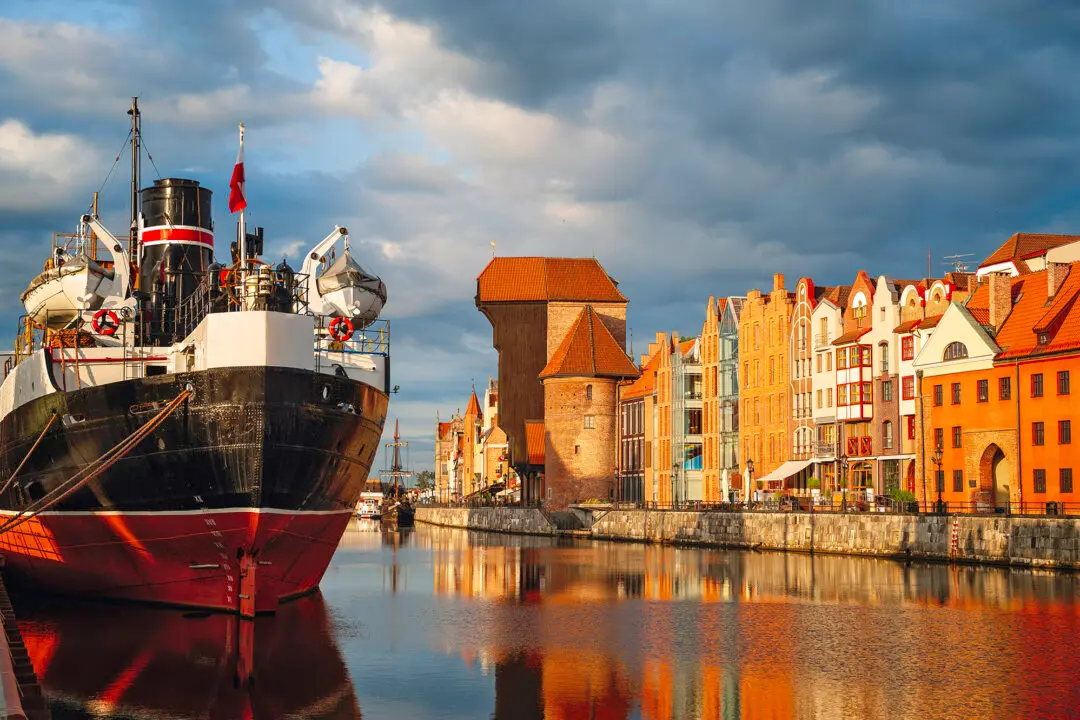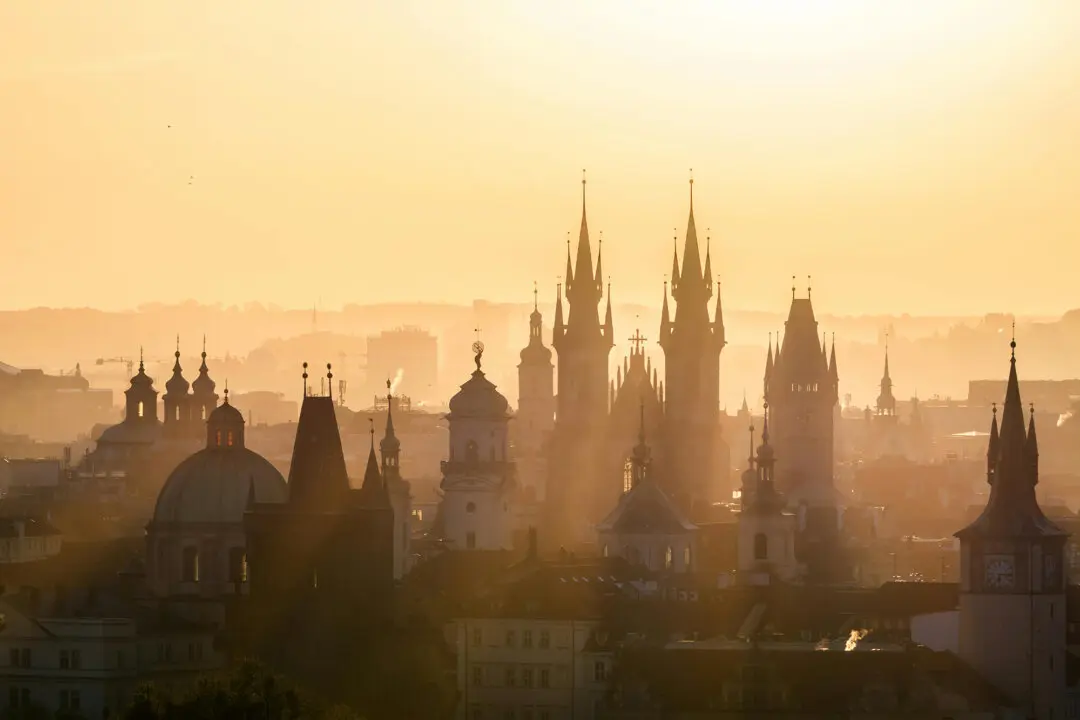If you’re returning from a trip to Iceland, people will usually ask you one thing: Did you visit the Blue Lagoon? This massive, milky-blue pool has become an icon and an absolute can’t-miss spot—one of the country’s most popular tourist attractions. In a typical year, more than a million people come here for a soak.
Visitors arrive, shower, and wade into the steaming water, covering themselves with silica mud from the bottom that is said to have healing powers. A photo—cold beer in hand, a mask of white mud on your face—is an essential keepsake from your visit. The pools maintain a temperature of about 100 degrees Fahrenheit and are actually man-made. A nearby power plant taps superheated underground water from a lava flow to run its turbines. That water is then run through a heat exchanger to provide warmth for homes and businesses in Reykjavik. Then, it runs into pools that form the Blue Lagoon. It all came about by accident, really—the power plant opened in 1976, and by the early 1980s, people with skin conditions came to the then-unregulated runoff pools and reported good results. A more formal complex opened in 1987.





